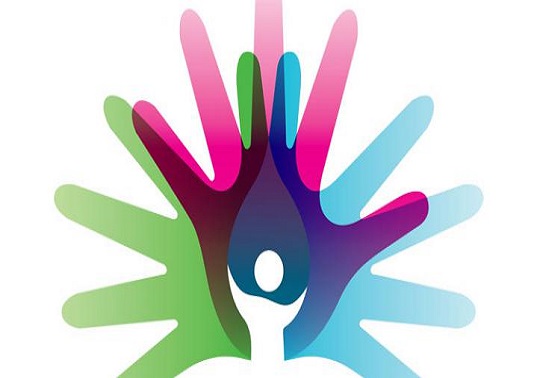
According to FEDER (Spanish Federation for Rare Diseases), “a disease is considered rare when it affects a small number of the total population, defined in Europe as less than 1 out of 2000 citizens (EC Regulation on Orphan Medicinal Products)”.
Is it rare to suffer a rare disease?
The polemic triggered by Nadia’s case has aroused among public opinion some questions about what is currently denominated a “Rare Disease”. The child’s father is under investigation as a result of the published information according to which false statements were apparently made regarding his daughter’s health needs in relation to her disease.
Nadia Nerea Blanco Garau, an eleven-year-old girl, suffers Trichothiodystrophy, an infrequent pathology that currently affects around a hundred patients all over the world. According to what was revealed by Hipertextual and El País journals, the child’s family could have been taking advantage of this situation to satisfy their alleged profit motives.
Now the Court of First Instance number 1 of La Seu D’Urgell has ordered the immobilization of the bank accounts belonging to Nadia’s parents and has requested the child to be examined by a doctor in order to verify her health status.
But, what do people understand by “Rare Disease”?
In the register of pathologies classified as rare diseases there is a huge number and a wide variety of disorders and symptoms that vary depending both on the disease and on the personal evolution of the patient who suffers it. In fact, it is estimated that nowadays there are between 5000 and 7000 different rare diseases, which have different sub-types depending on how they manifest in each patient.
In total, it is estimated that in Spain there are more than 3 million people with infrequent diseases. For this reason, anyone can suffer an infrequent pathology in any moment in life.
For the most part, these pathologies are grave and incapacitating and, despite the wide index, science has established an idiosyncratic pattern that a 65% of them share:
- Rare diseases manifest early in life: 2 out of 3 manifest before two years.
- Half cases involve a motor deficit, which cause disability in children.
- In 1 out of 5 cases, the patient suffers chronic pains.
- 1 out of 3 patients develops a motor, sensorial and/or intellectual deficit; which causes autonomy disability.
- 35% of the deaths caused by a rare disease happen in children who are less than 1 year old.
The lack of knowledge and access to reliable information that surrounds these diseases and the lack of resources add to the difficulties derived from a health status that is affected by pathologies with these characteristics. The difficulty of the diagnosis makes harder the attribution of the condition of pathology to disorders and symptoms a person can show and, as a consequence, the delay of the diagnosis affects negatively in a 30% of the cases.
Regarding medical treatment, Social Security does not always cover the expenses and, according to the information published by FEDER on its website, a 47,30% of the affected people (or their families) affirm they are not satisfied with the health care they are receiving.

Improving financing and administrative coordination are, consequently, indispensable requirements for easing the coexistence with infrequent diseases. In addition, FEDER proposes an improvement of the care of each individual case in a biopsychosocial level and using a multidimensional model of intervention in order to palliate physical, psychological, neurological, aesthetical and affective effects that can be caused by existent functional diversities. In conclusion, to take care of the economic, biological and social singularities of each family is essential to give everyone the opportunity to self-develop despite the limitations.








